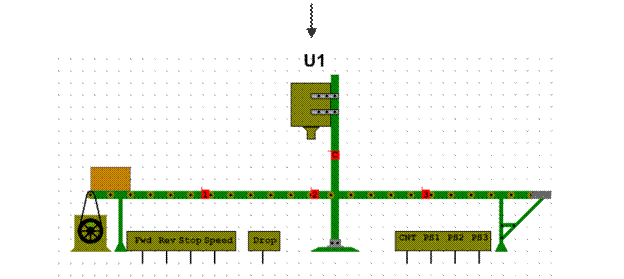Reading 1
1. Read the text carefully and do the tasks that follow: The Concept of a Contract A contract is an agreement which legally binds the parties. Sometimes contracts are referred to as "enforceable agreements". This is rather misleading since one party cannot usually force the other to fulfill its part of the bargain. The usual remedy is damages. The underlying theory is that a contract is the outcome of "consenting minds", each party being free to accept or reject the terms of the other. The essential elements of a contract are: · That an agreement is made as a result of an offer and acceptance. · The agreement contains an element of value known as consideration, although a gratuitous promise is binding if it is made by deed. The parties intend to create legal relations. · The validity of a contract may also be affected by the following factors: Capacity. Some persons, e.g. children have limited capacity to make contracts. Form. Most contracts can be made verbally (parole contracts), but others must be by deed, i.e. in writing. Some verbal contracts must be supported by written evidence. Content. The parties may generally agree any terms, although they must be reasonably precise and complete. In addition some terms will be implied by courts, custom or statute and some express terms may be overridden by statute. Genuine consent. Misrepresentation, mistake, duress and undue influence may invalidate a contract. Illegality. A contract will be void if it is illegal or contrary to public policy. A contract that does not satisfy the relevant requirements may be void, voidable or unenforceable. A void contract has no legal effect. The expression 'void contract' is a contradiction in terms since if an agreement is void it cannot be a contract. However the term usually describes a situation where parties have attempted to contract, but the law will not give effect to their agreement because, for example there is a common mistake on some major term (such as the existence of the subject matter). When the contract is void ownership of any property 'sold' will not pass to the buyer, so he will not be able to sell it to any one else. The original seller (i.e. the owner) will therefore be able to recover the property from the person in possession. When the contract is voidable the law will allow one of the parties to withdraw from it if he wishes, thus rendering it void. Voidable contracts include some agreements made by minors and his part of the contract the other party cannot compel him to do so. The contract will be unenforceable when the required written evidence of its terms is not available, e.g. the written evidence for the sale of land.
The Formation and Form of Contracts The methods by which the courts determine whether an agreement has been reached are to enquire whether one party has made an offer (a definite promise to be bound on certain terms) which the other party has accepted. For most types of contract the offer and acceptance may be made orally or in writing, or they may be implied from the conduct of the parties. The person who makes the offer is known as the offeror and the person to whom the offer is made is the offeree. In addition to offer and acceptance the law imposes the requirements of consideration (value) and intention to create legal relations. The other requirements in the formation of a contract are contractual capacity and legality of object. The general rule is that a contract may be in writing, or oral, or inferred from conduct, or a combination of any of these. It is a common mistake to think that a binding contract must be in writing. Writing makes it easier to prove the contents of the contract, but it is not usually necessary. A contract may contain three types of clause, namely express terms, implied terms, and exemption clauses. Layout of the Contract There is no unique layout of the contract. We may find different formats of this document which can be caused by the traditions of the country in business documents as well as in business communications and also by the development of business as such in the country. The former is determined by the degree of trustworthiness of the partners in business. Therefore in the countries with the developed business traditions and legislation system we find that contracts are short and contain the major provisions while other business procedures may be reflected (specified) in numerous supplements and appendices. In the countries where business relationship has been introduced recently a party to the contract should specify all the particulars about the contract matter. A contract forms the basis of a transaction between the Buyers and the Sellers and great care is exercised when the Contract is being prepared that all the legal obligations have been stated. As a rule the Contract contains a number of clauses, such as: · Subject of the Contract · Price · Terms of Payment · Delivery (Transport) · Inspection and Test · Guarantee · Packing and Marking · Arbitration · Insurance (Indemnity) and other terms 2. Define the terms below:
|




